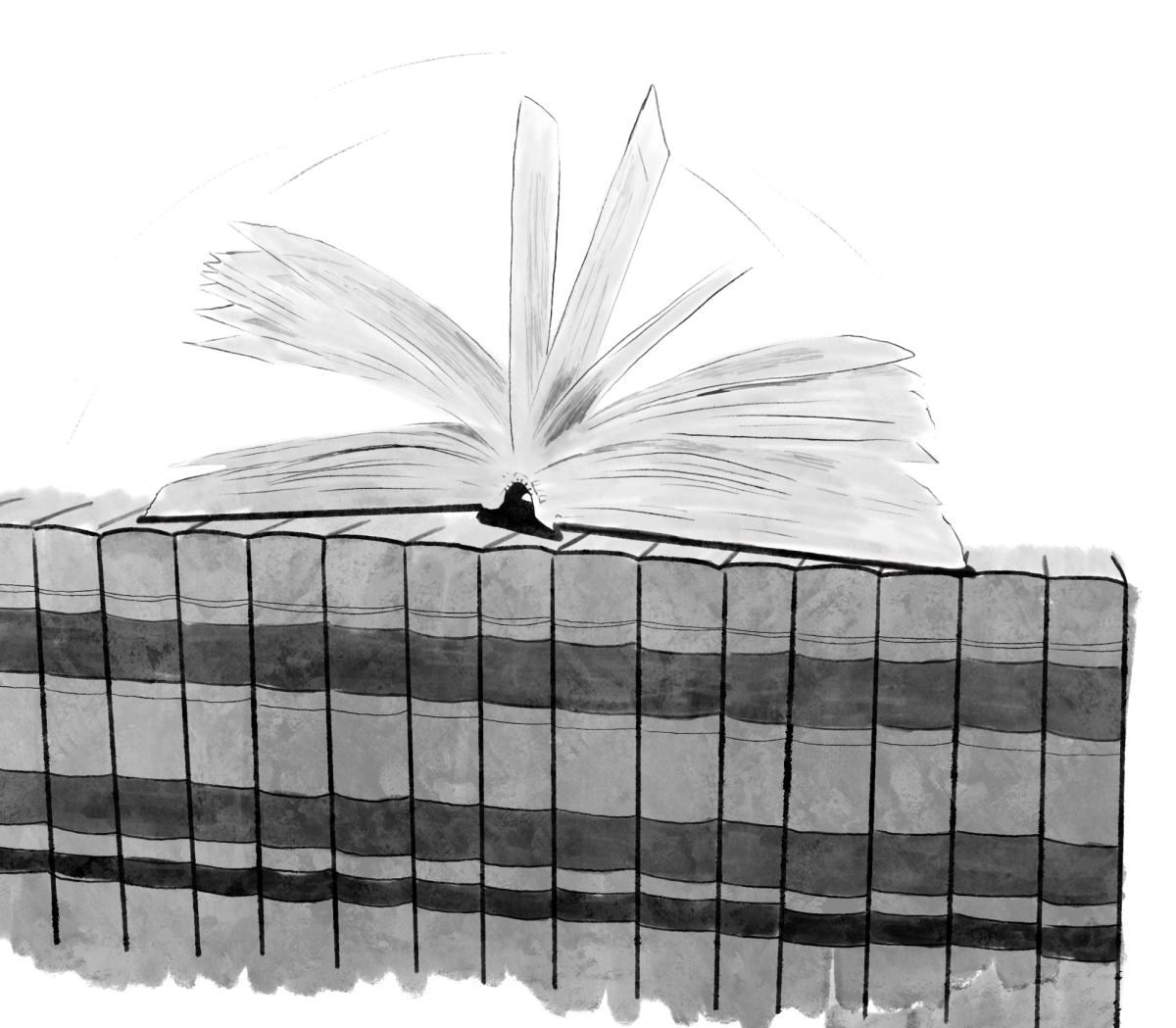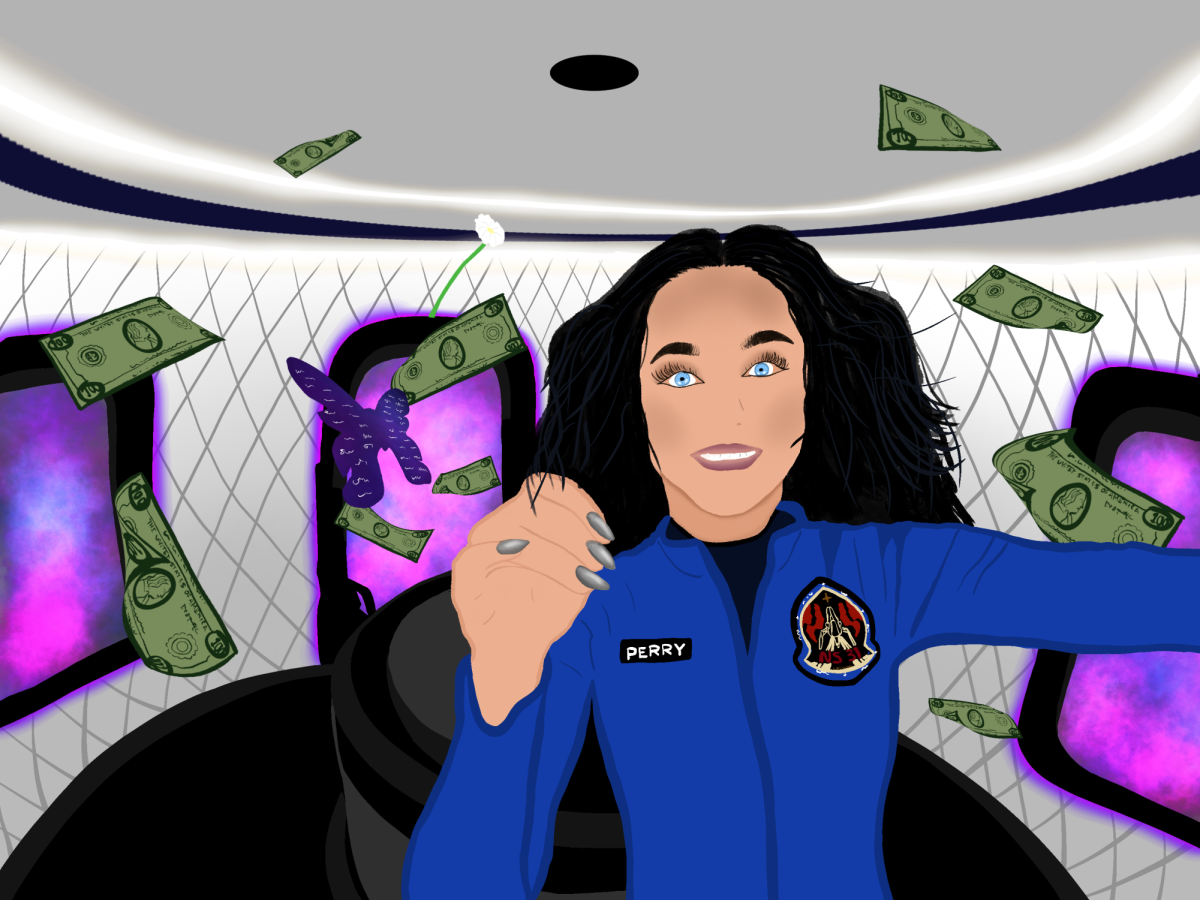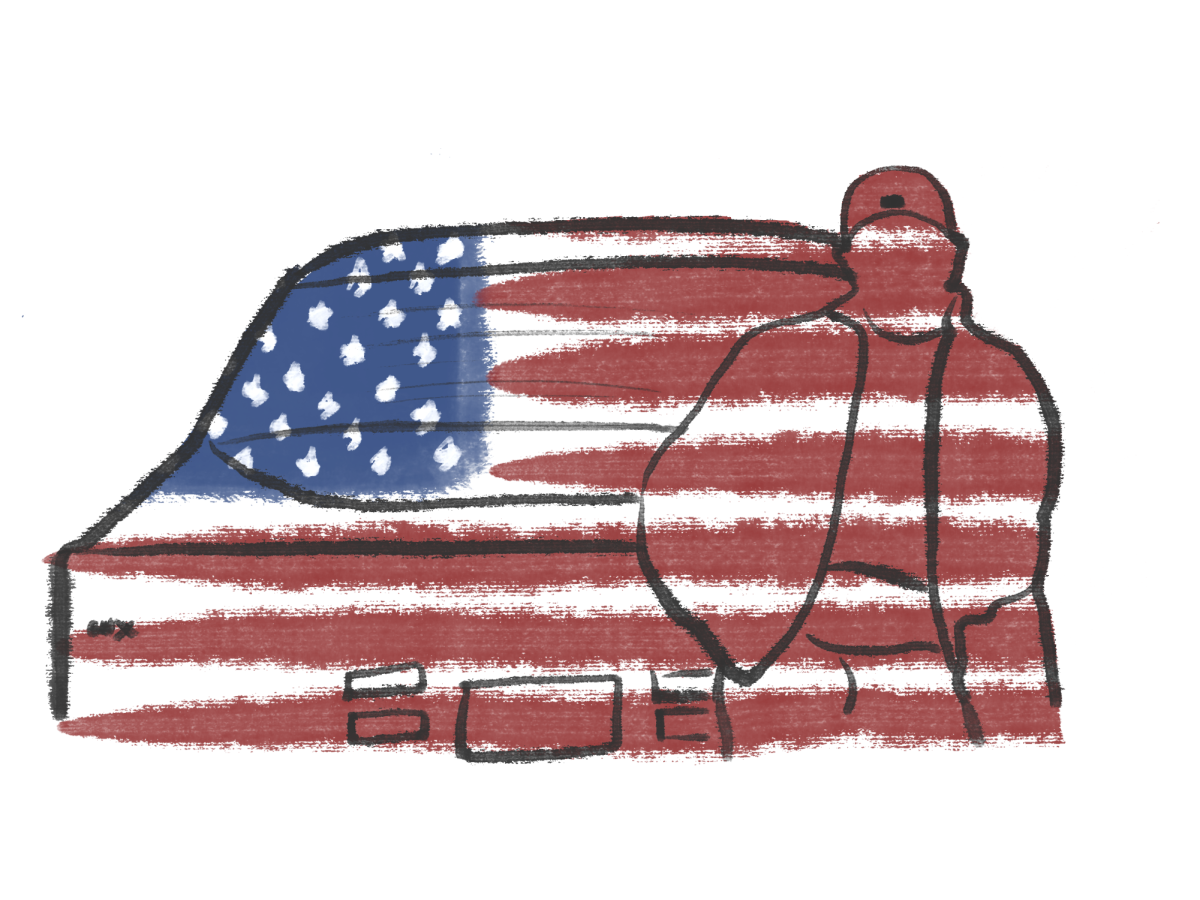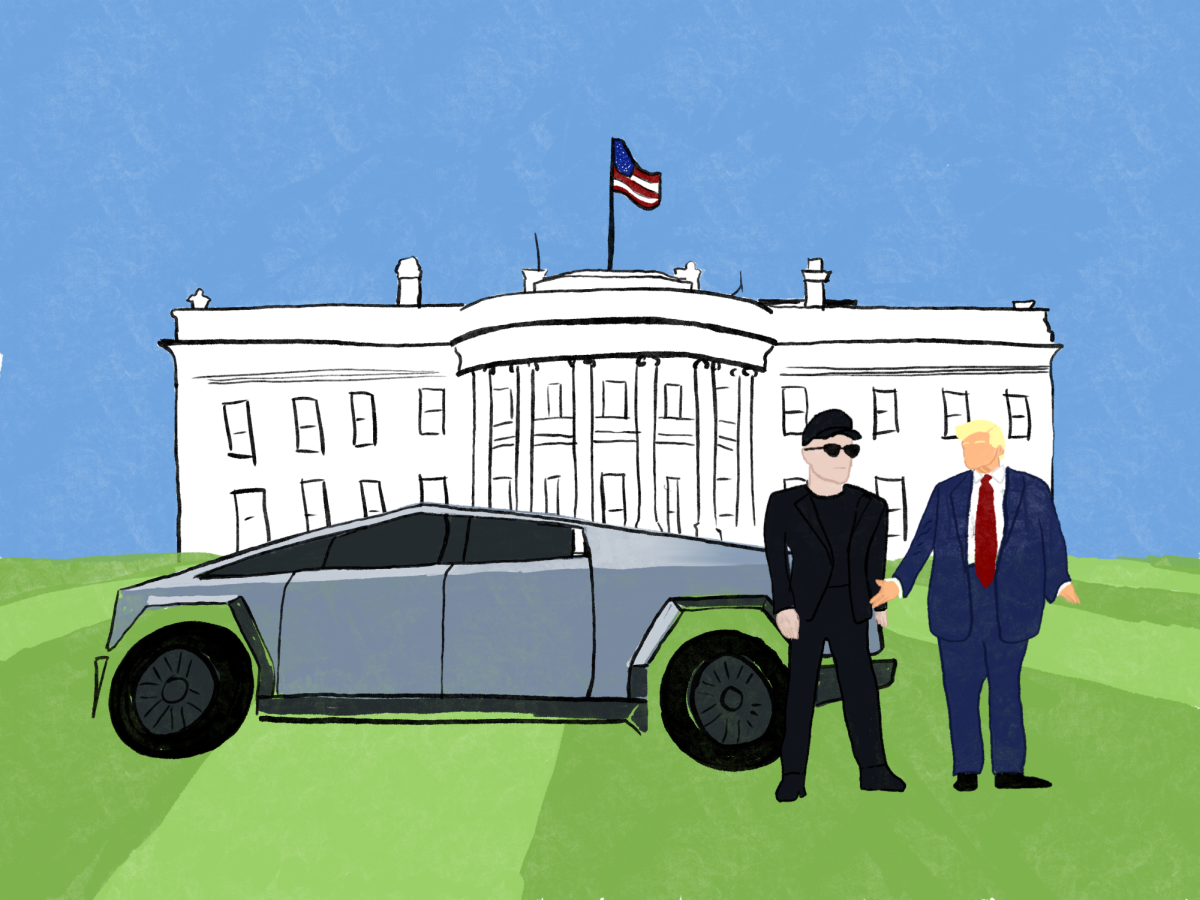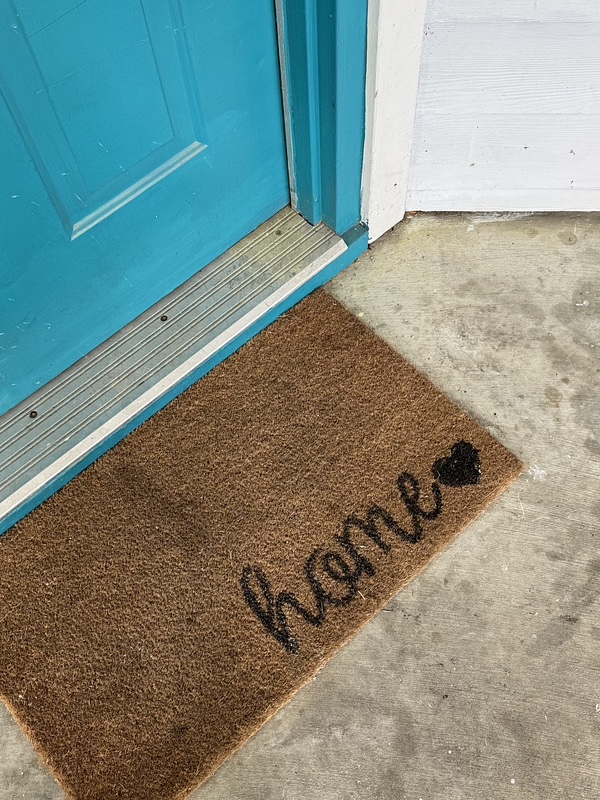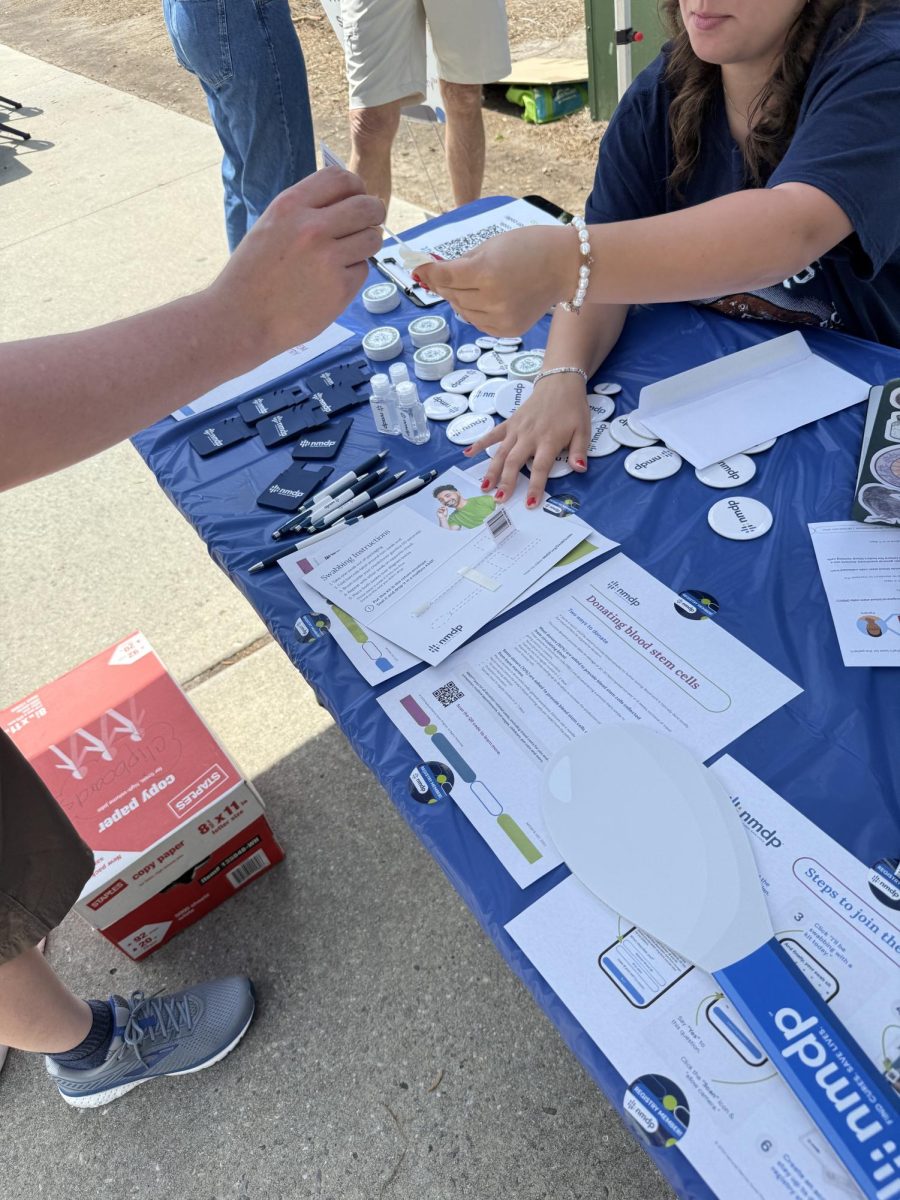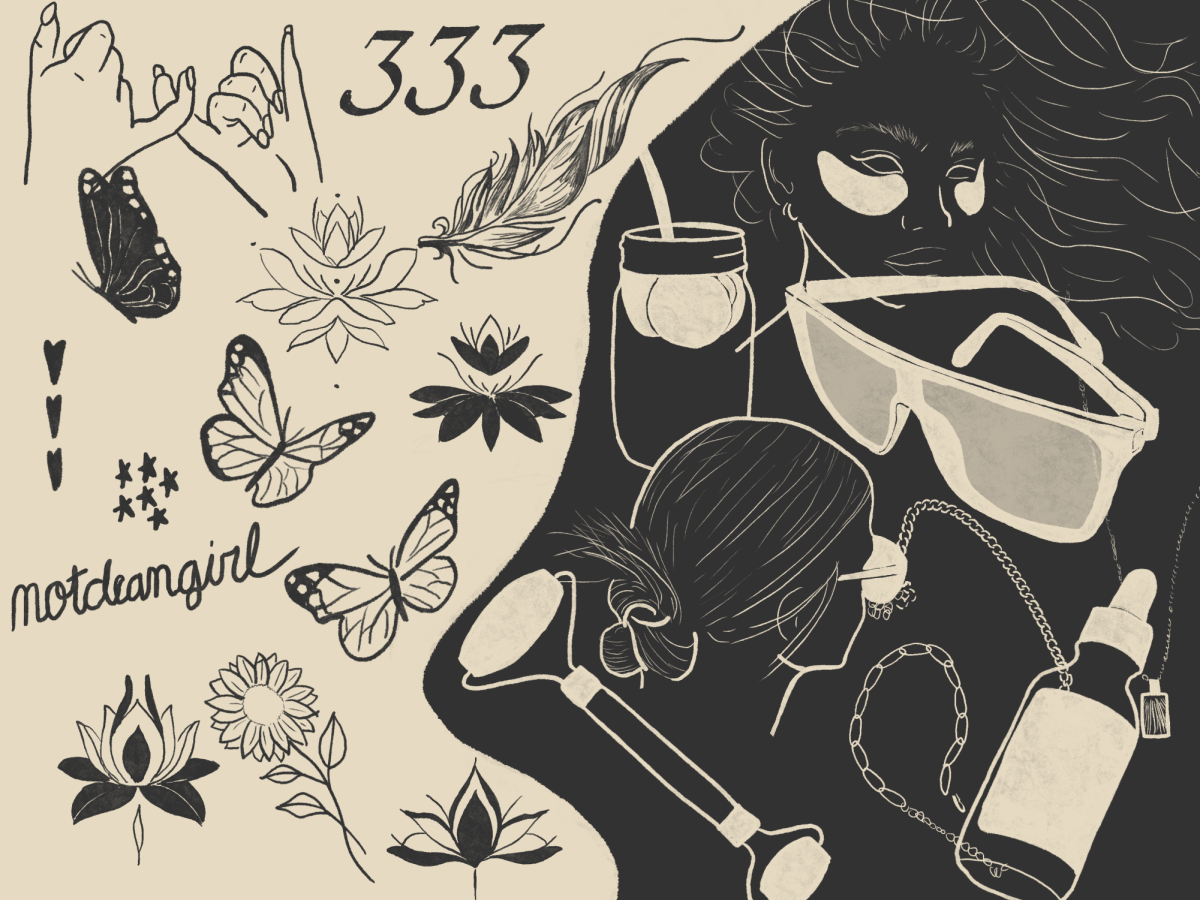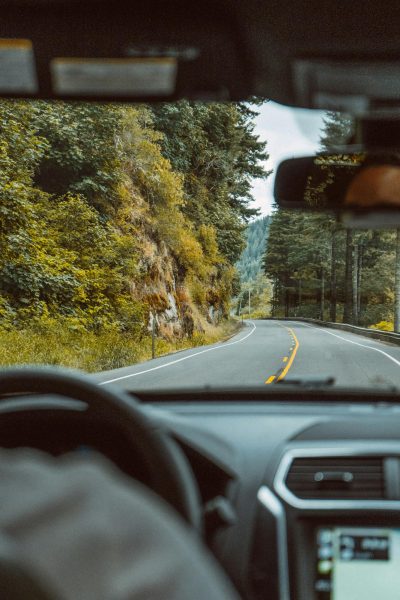
Every bump in the road is a body. I drive alone with my hands gripping the steering wheel, always five miles under the speed limit. Fiery panic courses through my body and my stomach flips.
I look in my rearview mirror to see the pedestrians laying in the road behind me. But there is nothing.
I look again.
Nothing.
I look again.
Nothing.
I look again.
Still nothing.
I’m not entirely convinced I didn’t kill anyone, but I keep driving.
I didn’t take my driver’s license test until May of my senior year of high school. I had been eligible for my license for a year at that point. I told everyone that I didn’t like driving, and I didn’t understand why anyone would.
Before I start driving, I take off my jacket.
If I wear my jacket while driving, I will crash my car.
I put my keys in my cup holder. I turn the volume on the radio to an odd number.
Then, I begin driving.
Do I have my keys?
I look down.
Okay, I see them.
Are they still there?
I look down.
Okay, I see them.
What if I forgot my keys?
I look down.
I touch the keys.
Okay, I have them.
I continue this cycle over and over until I arrive at my destination.
Every time I drove, my mind cycled vividly through images of all the ways I could crash my car and all the ways I could hurt someone else. These thoughts made me extremely anxious, so I avoided driving as much as possible. I only got my driver’s license because my parents pushed me to get it before I left for college.
I thought that everybody else was so brave for driving because I assumed my experience with driving was typical. I thought it was odd that when I talked about “running over bodies,” no one in my family seemed to understand what I meant.
In January of my freshman year of college, I went to see a psychotherapist about my sudden onset of severe anxiety. I walked out of their office with a Generalized Anxiety Disorder and an Obsessive Compulsive Disorder diagnosis.
I assumed it was some sort of false diagnosis. I’m not a germaphobe. My room isn’t even clean. I don’t have OCD.
I went online and looked up dozens of explanations of what OCD is. They didn’t sound like me. I ask my counselor again and again to explain what OCD is. I didn’t understand. I didn’t relate to the portrayals of the disorder on television. I just couldn’t believe it was me.
I only came to understand how OCD affects me personally by hearing the stories of others. I realized that my obsessions were the intrusive thought of hitting people with my car, the idea that I would crash my car if I wore a jacket while driving and the fear that I had forgotten my keys. My compulsion was checking my rearview mirror until I felt it was safe to stop, taking off my jacket before driving and checking for and touching my keys and throughout my ride.
I learned that many people experience obsessive and intrusive thoughts while driving, just like the ones I had. In fact, my therapist taught me that the intrusive thoughts I experience are a common manifestation of OCD. I also learned that intrusive thoughts do not reflect your personal values. I have no desire to hit people with my car, which is why I had such intense anxiety around driving and getting my Driver’s License.
Eventually, I realized that I had minimized OCD to its stereotype of obsessive cleanliness and organization. I didn’t allow myself to learn and understand that OCD can affect people in so many different ways, and not all of them can be seen on the surface. For me and many others, OCD presents itself as a mostly internal struggle.
Today, I still struggle with driving alone, but I am so proud of how far I’ve come in the past year. I’m also proud that I was able to broaden my perspective on OCD and mental health. Everyone with OCD experiences it differently, but by sharing our individual experiences we can find common ground and build public awareness of what OCD really is.





